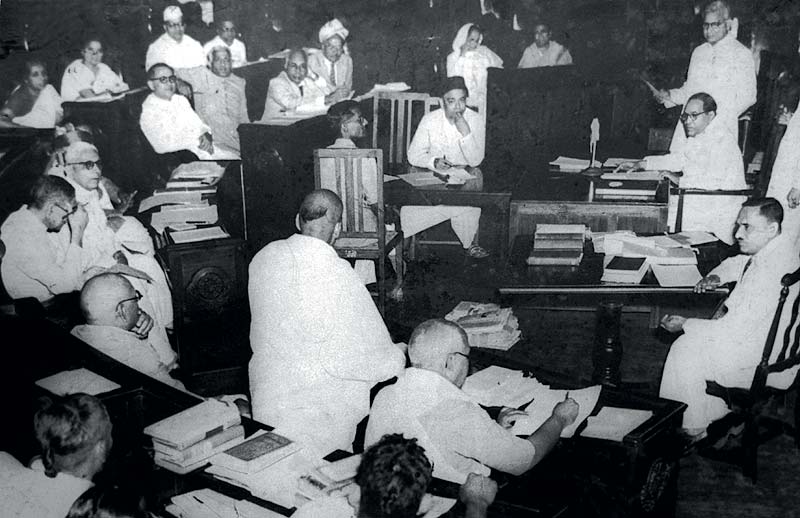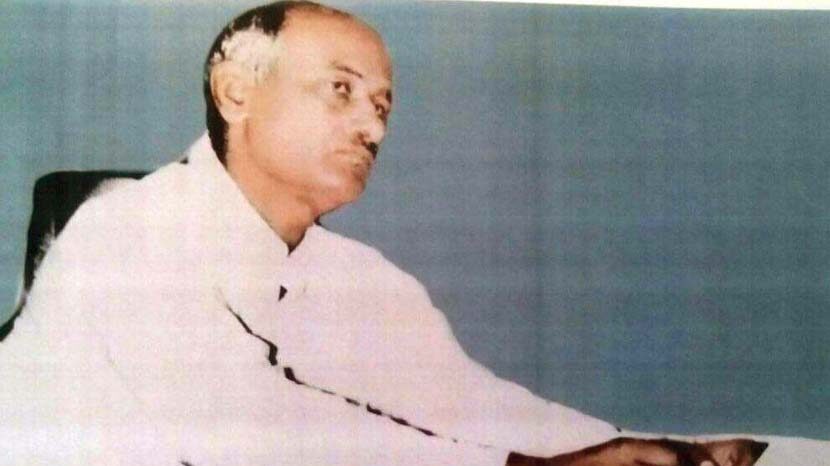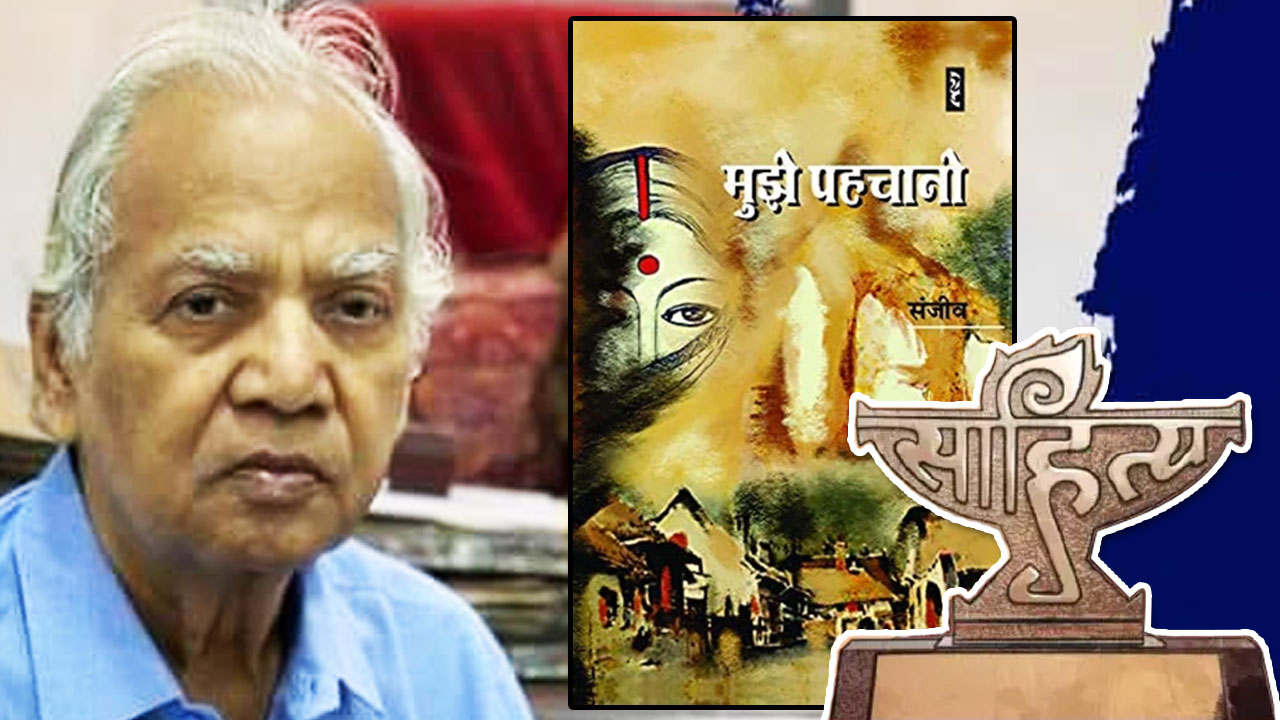Revolutionary poet Lal Singh Dil (11 April 1943 – 14 August 2007) left an indelible mark through his poetry on the struggle for equality, social justice and freedom that began in the late 1960s in Punjab, popularly known as Naxalite lehar (movement). He was born in his maternal village, Ghungrali Sikhãn, near Samrala, a small town on the Chandigarh-Ludhiana highway in Punjab. He belonged to a Ramdassia Chamãr family. Ramdassia Chamãrs and other Dalits were mostly deprived of agricultural land and other sources of livelihood. As was the case with other members of his community, the mainstay of Dil’s family was manual labour on the agricultural lands that belonged to farmers of their village. During the off season, landless Dalits survive on wages from non-agricultural labour, such as at construction sites. Dil’s father Raunqi Ram worked as a daily wager throughout his life. During a conversation with Gayatri Rajwade, Dil recalled a time when his grandmother used to sit and grind wheat the whole day for a single paisa. And in Dil’s own words, “[a]t the end of the day, we would dust our clothes, collect the wheat stuck on our clothes and mix that with water and drink it before sleeping” (as recounted by journalist Nirupama Dutt in an email dated 13 August 2007 to Dil’s close friend Amarjit Chandan, who forwarded it to me on 7 April 2021).
READ THE FULL ARTICLE HERE: Lal Singh Dil’s poetry is the voice of the voiceless





